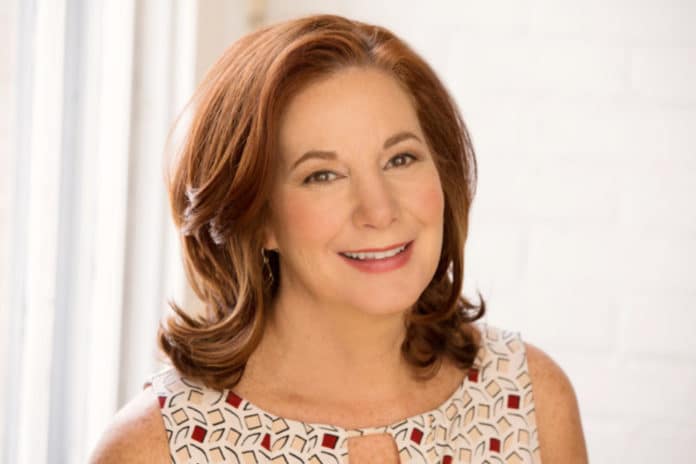You’ve just left the doctor’s office, stunned by what you heard.
Though retirement is looming, you’ll be undergoing bypass surgery instead of taking an Alaskan cruise.
Or, with your career blooming and your kids’ schedules hotter than Hades, you’ll need to talk to a surgeon and oncologist about breast cancer treatment options.
Or, perhaps, your perpetually healthy fourth grader has a rare blood disorder and needs a bone marrow transplant — but first you must find a match.
It’s so much to process. There are so many with whom you need to share the news that just rocked your world. Where do you begin?
CaringBridge.
Twenty-five years ago, Sona Mehring got a call from a friend in distress. JoAnn Hardegger and Darrin Swanson’s daughter, Brighid, was born three months premature. They needed to share their news but couldn’t do so themselves. Would Mehring do it for them?
Rather than make call after excruciating call, Mehring leveraged her IT background and set up a website to provide updates about Brighid.
Mehring’s solution addressed a universal phenomenon. When you’re weary and worried, it can be too much to have conversations about how things are going — but we want to keep the people we care for informed.
The website approach was so successful for her friends that Mehring launched CaringBridge, a nonprofit based in Eagan, Minnesota, to help people around the world who were also navigating health journeys.
CaringBridge is a free and easily accessible platform for patients, caregivers, or surrogates to share updates and for supporters to offer encouragement.
Most of us have used it or know someone who has. With 2.3 billion visits worldwide, nearly 400,000 people visit CaringBridge sites every day to post nearly 2,000 messages per hour.
I first heard about CaringBridge in 2005 when my daughter underwent a bone marrow transplant. As we prepared for a lengthy hospital stay and recovery at home, I set up her site, not anticipating its value for both patient and caregiver.
It was difficult for a kid who loved life as Julia did to lose the daily connection with friends. With CaringBridge, she could stay in touch with her classmates as they lived life as an 11-year-old should.
Over time, it was tough for me to summon the daily encouragement Julia needed to keep her spirits up, for we underestimated the recuperation time and the bumps in the road to recovery.
Often sitting in a darkened room while she slept, I kept others apprised of the ups and downs of Julia’s journey. I discovered how therapeutic writing could be.
When someone, somewhere (occasionally a stranger), took a moment to check in with encouraging words, I’d dig deep and dig in.
When her spirits sagged, I’d remind Julia that lots of people had her back.
If patients are lucky, they have caregivers to help them juggle ordinary tasks — bills, grocery shopping, schoolwork, and laundry — as well as extraordinary ones that sap time and energy — chemo, MRIs, and physical therapy.
As a caregiver, I learned about the yin and yang; both the exhaustion and the satisfaction of helping another in need.
When we’re summoned to become caregivers, our own needs and obligations aren’t suspended. In fact, they’re often neglected, with consequences.
Without regular face-to-face contact, vital interpersonal connections take a hit. Anxiety, depression, and disturbed sleep are more common among caregivers than non-caregivers.
Which is why, as they mark 25 years and 950,000 free websites, the folks at CaringBridge are using next Tuesday, World Caring Day, to shine a light on caregivers.
They’ve created an immersive display for the Mall of America’s Huntington Bank Rotunda and they’re looking for caregivers to share their stories. If you or someone you know has a caregiving story to share, reach out to CaringBridge through this link.
Many of us are uncomfortable with life and death situations. We worry about saying the wrong thing, so we say nothing. Posting a message on CaringBridge allows well-wishers to formulate thoughts that might be difficult to express in a conversation.
An encouraging message, prayer, or even a joke might be the fuel to help a bone-tired caregiver or a frightened patient get through another difficult day.
That’s the power of connection — especially the CaringBridge connection.

















